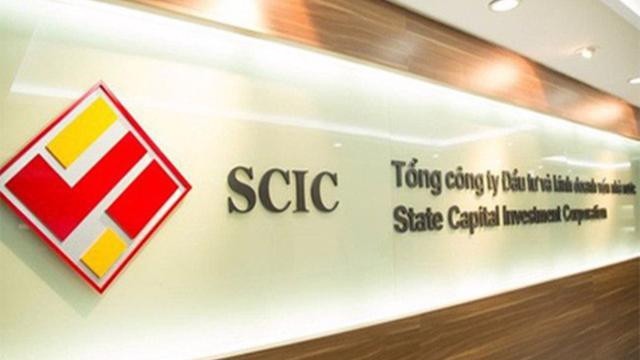Credit growth edges up 0.76pct in H1: SBV
Credit growth edges up 0.76pct in H1: SBV
As of June 30, 2012, total credit growth was up 0.76 percent from the end of 2011, said the State Bank of Vietnam (SBV) at the preliminary conference on banking operations in the first half of this year.

If including the balance of corporate bonds and mandates, the growth was at 1.4 percent.
Earlier, according to a report from the National Financial Supervisory Council (NFSC), till June 12, credit growth was 0.17 percent. The NFSC forecasted that credit growth for the whole year would only be about 8 percent.
Meanwhile, according to a source from the Vietnam Investment Review newspaper, credit till the end of June was virtually unchanged compared to the end of 2011.
However, the newswire also quoted Nguyen Viet Manh, head of the Credit Department under the SBV, as saying that if excluding some “virtual” elements of last year, credit in June 2012 still grew 1-2 percent from the end of 2011.
At a recent regular cabinet press conference, a representative from the central bank said that till the end of June, the total deposits of the entire banking system surged 7.83 percent from the end of 2011, and the total money supply in H1/2012 was also estimated to grow 6.84 percent.
Thus, the total deposits and money supply till the end of June rose 2.61 percent and 2.37 percent from the end of May 2012, respectively.
As of May 2012, these figures were 5.42 percent and 4.47 percent from the end of 2011, respectively.
Although the total deposits and money supply increased significantly, the total outstanding loans in the period still remained low. The lending interest rate, although reduced, still remained high, exceeding enterprises’ reach.
Facing this situation, the government asked the central bank to prepare drastic measures to deal with bad debts, regulate interest rates according to the targeted inflation rate of 7-8 percent, and quickly facilitate money flows for businesses.
Forex deposits down
The SBV’s report on banking operations in the first six months of this year said that the total deposits and lending in US dollar at credit institutions were lower than the total deposits and lending in dong.
Particularly, as of June 30, 2012, the total capital mobilization from the economy grew 6.49 percent, of which, the total deposits in dong rose 8.62 percent, and that in US dollar fell 2.2 percent.
“The banking system has bought a huge amount of foreign currency from economic institutions and individuals to sell to the central bank, helping increase the national foreign currency reserves,” said the SBV.
“Reasonable and legal foreign currency demands of people and businesses are fully met.”
“The psychology of keeping foreign currency has decreased significantly, the status of dollarization has been pushed back one step, the free forex market has virtually no activity, and the forex rate saw low fluctuations”, the central bank’s report said.
Earlier, while addressing a recent conference to sum up the performance in H1/2012 of the planning and investment sector, Prime Minister Nguyen Tan Dung said that the country’s foreign currency reserves in H1/2012 have increased to$10 billion, up from $9 billion at the end of 2011.
“The current forex reserve is sufficient for 10 weeks of imports, and will meet the international norm of 12 weeks of imports by year-end,” said the PM.
The norm for the safe rate of forex reserves of the World Bank is 10 weeks.
The recent conduct of monetary policy instruments, and foreign exchange rate associated with foreign exchange management policy has helped stabilize the forex rate and increase confidence in the dong, making people gradually change their mobilising-lending relations to buying – selling relations for foreign currencies, said the SBV.
From now until the end of the year, the central bank will ensure forex rate stability with variable rates that will not exceed 2-3 percent.
tuoitrenews


























